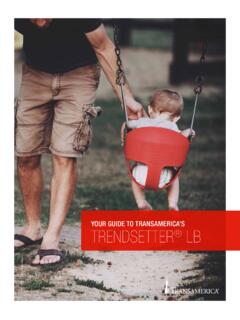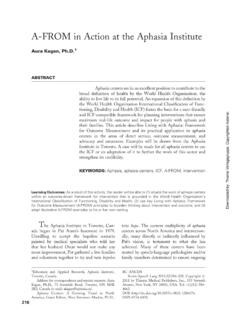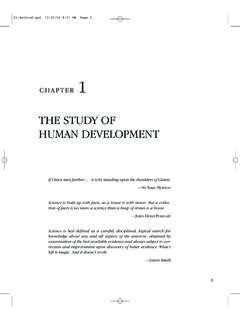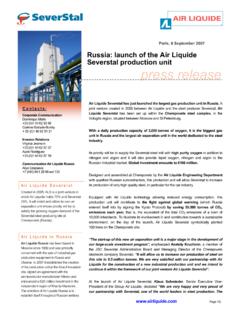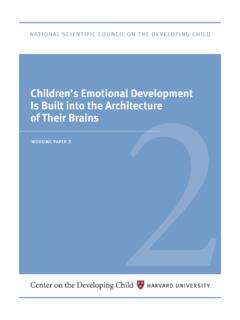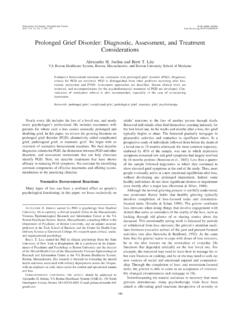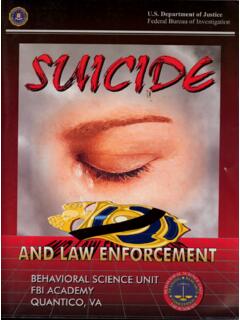Transcription of Perception of Subtle Racism - apa.org
1 The Counseling Psychologist2016, Vol. 44(2) 237 266 The Author(s) 2016 Reprints and DOI: ManuscriptPerception of Subtle Racism : The Role of Group Status and Legitimizing IdeologiesHsin-Ya Liao1, Ying-yi Hong2, and James Rounds3 AbstractIdentifying contemporary Racism has been problematic as this type of Racism , namely Subtle Racism , is difficult to discern, and the actions in question can be easily justified by other causes. The present study examined how group status and legitimizing ideologies predict Perception of Subtle Racism .
2 White (high status) and Black (low status) college students completed measures of legitimizing ideologies. Later, they watched a video clip on an ambiguous interracial conflict, recalled the clip, and judged whether the situation was attributable to Racism . Findings showed that members of the low status groups and/or individuals who were less likely to endorse ideologies were more likely to perceive Subtle Racism . In addition, social dominance orientation indirectly predicted the Perception of Subtle Racism through system justification legitimizing ideologies.
3 Contrary to our hypothesis, group status did not change the relationship between ideologies and perceptions of Subtle Racism , legitimizing ideologies, race, group status, college students1 Washington State University, Pullman, WA, USA2 Chinese University of Hong Kong, Hong Kong, China3 University of Illinois at Urbana Champaign, IL, USAC orresponding Author:Hsin-Ya Liao, Department of Educational Leadership, Sports Studies, and Educational/Counseling Psychology, Washington State University, Box 642136, Pullman, WA 99164-2136, USA.
4 Email: Counseling Psychologist</italic>Liao et The Division 17 logo denotes that this article is designated as a CE article. To purchase the CE Test, please visit at UNIV OF MIAMI on March 30, from 238 The Counseling Psychologist 44(2)Within the past decades, research on psychology and Racism has contributed to our understanding of Racism and prejudice (D Andrea & Heckman, 2008). In counseling psychology, scholars have found associations between Racism and Racism -related stress (Liang, Alvarez, Juang, & Liang, 2007; Spanierman & Heppner, 2004), psychological health (Pieterse & Carter, 2007), and cop-ing strategies (Alvarez & Juang, 2010), and have successfully translated these findings into multicultural training (Spanierman, Poteat, Wang, & Oh, 2008).
5 With enormous efforts to help people understand and combat Racism , the general public may feel that racial barriers have been overcome and race issues are much less frequent than they used to be (Helms, 2015). However, recent tragedies related to unfair law enforcement practices involving Black men and men of color ( , Michael Brown s death in Ferguson, Missouri, in August 2014) have prompted our nation to ponder how Racism is currently presented and perceived, especially at the systematic and institutional levels.
6 In the current study, we attempted to understand contemporary Racism and explore its underlying major problem associated with contemporary Racism , as suggested by Sue (2005), is that Racism is usually perpetuated in normative and invisible forms and is generally outside of our conscious awareness. This type of rac-ism (Pettigrew & Meertens, 1995), namely Subtle Racism , has posed a chal-lenge to the perceivers because (a) it is often difficult to discern, and (b) the actions in question can be easily justified by causes other than Racism (Crandall & Eshleman, 2003; Reid & Foels, 2010).
7 Based on these two char-acteristics, we contended that Perception of Subtle Racism is affected by the group status and beliefs held by the perceivers. Group status refers to the perceived prestige or power associated with one s social group (Major et al., 2002), and beliefs refer to the widely adopted legitimizing ideologies used to justify existing social hierarchies and status quo (Jost & Banaji, 1994). Specifically, we tested whether (a) individuals from a high status group are less likely to perceive Subtle Racism than individuals from a low status group, and (b) whether the endorsement of legitimizing ideologies helps justify the actions in question, thus reducing individuals perceptions of Subtle Racism .
8 It is important for counseling professionals and educators to understand that, despite proactive efforts in helping people understand and end Racism , con-temporary Racism has become more Subtle and complex (Helms, 2015), espe-cially when it can be easily justified by beliefs that our existing social hierarchy is legitimate and just, and that there are no issues surrounding dis-crimination or Racism (Jost & Banaji, 1994). Understanding the underlying mechanisms that constitute contemporary Racism at both group and ideologi-cal levels can help counseling professionals examine complex issues like police brutality toward people of color.
9 At UNIV OF MIAMI on March 30, from Liao et al. 239 Subtle RacismPettigrew and Meertens (1995) suggested that contemporary Racism can be expressed in blatant and Subtle ways. Blatant Racism in its traditional form has hot, close, and direct components ( , racial violence, racial slurs), whereas Subtle Racism in its modern form is cool, distant, and indirect ( , racial profil-ing, bad customer services). Recent research on Racism showed that, although the blatant expression of Racism has declined significantly, Subtle and attribu-tionally ambiguous form of Racism may still persist (Pettigrew, 1998).
10 Research on aversive Racism (Gaertner & Dovidio, 1986), modern Racism (McConahay, 1983), ambivalent Racism (Katz & Haas, 1988), dissociation model of Racism (Devine, 1989), and racial microaggressions (Sue et al., 2007) suggests that rac-ism is expressed more covertly when individuals do not act in overtly discrimi-natory ways. Unlike the identification of blatant types of Racism , Subtle forms of Racism are difficult to detect and can be perceived and interpreted Perception involves various cognitive capacities.










